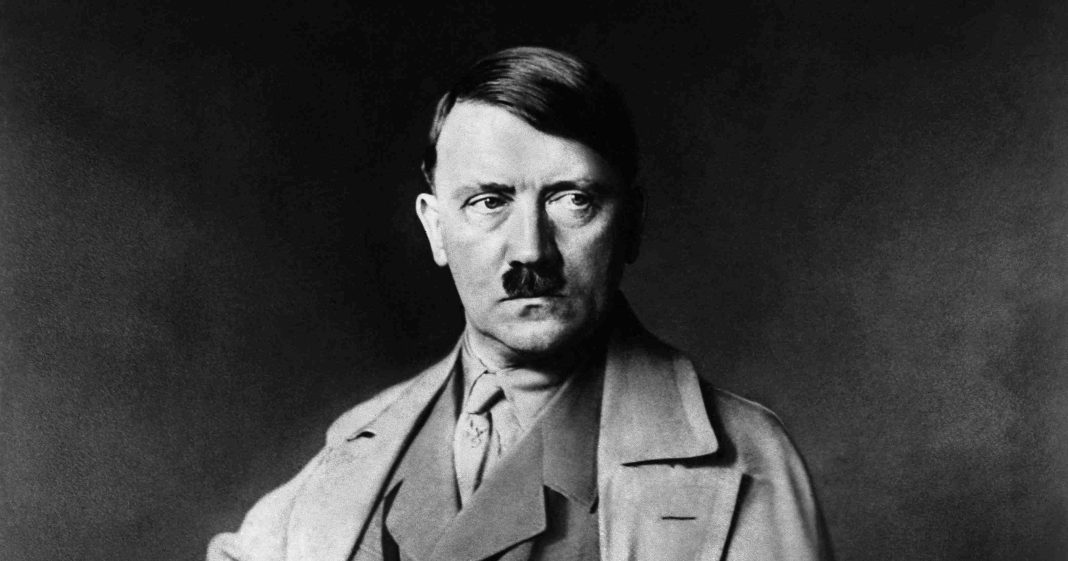Introduction
The death of Adolf Hitler, the infamous dictator of Nazi Germany, remains a subject of intrigue and controversy to this day. While historical accounts generally agree that Hitler died by suicide in a Berlin bunker in April 1945, the exact circumstances and events leading up to his death continue to be debated. In this comprehensive examination, we delve into the various theories, accounts, and evidence surrounding Hitler’s demise, shedding light on one of the most significant events of the 20th century.
Early Life and Rise to Power
Adolf Hitler was born on April 20, 1889, in Braun au am Inn, Austria-Hungary. After serving in World War I, Hitler rose to prominence as the leader of the National Socialist German Workers’ Party (NSDAP), commonly known as the Nazi Party. Through charismatic oratory, propaganda, and political maneuvering, Hitler ascended to power in Germany in 1933, becoming Chancellor and eventually consolidating dictatorial control over the country.
Hitler’s regime was marked by totalitarianism, anti-Semitism, militarism, and aggressive expansionism, leading to the outbreak of World War II in 1939. As Allied forces closed in on Germany in the final months of the war, Hitler’s grip on power began to weaken, culminating in his demise in April 1945.
Events Leading to Hitler’s Death
In the waning days of World War II, with Berlin surrounded by Soviet forces and defeat imminent, Adolf Hitler retreated to his underground bunker beneath the Reich Chancellery. As Allied forces advance on Berlin from the west and Soviet troops encircled the city from the east, Hitler remained holed up in the bunker, issuing orders and directives to his dwindling circle of loyal advisors and generals.
As the situation grew increasingly dire, Hitler’s mental and physical health deteriorated, exacerbated by his reliance on a cocktail of medications and his refusal to accept defeat. On April 30, 1945, with Soviet forces just blocks away from the bunker, Hitler married his longtime companion Eva Braun and bid farewell to his inner circle.
The Death of Adolf Hitler
The exact circumstances surrounding Hitler’s death remain the subject of speculation and debate. According to official accounts provided by witnesses and surviving members of Hitler’s inner circle, Hitler died by suicide in his bunker on April 30, 1945. He reportedly shot himself in the head while simultaneously biting into a cyanide capsule, ensuring his death.
Eva Braun, Hitler’s wife of less than 24 hours, also died by suicide, ingesting cyanide. Their bodies were then carried to the garden of the Reich Chancellery, where they were doused with gasoline and set on fire by Hitler’s loyal aides, including Joseph Goebbels and Martin Bormann, in accordance with Hitler’s wishes to prevent their bodies from falling into enemy hands.
Confirmation of Hitler’s Death
In the days following Hitler’s death, the Soviet Union announced that the dictator’s body had been discovered in the Berlin bunker and positively identified through dental records. The news of Hitler’s demise was met with both relief and skepticism by Allied leaders and the public, many of whom had harbored doubts about Hitler’s fate and the possibility of his escape.
In the absence of conclusive physical evidence, conspiracy theories and rumors about Hitler’s survival and escape proliferated in the years following the war. Some speculated that Hitler had fled to South America or elsewhere, evading capture and living out his days in anonymity.
Continued Investigations and Forensic Analysis
In the decades since Hitler’s death, numerous investigations, forensic analyses, and historical studies have sought to shed light on the circumstances surrounding his demise. Forensic examinations of dental records, eyewitness testimonies, and archival evidence have provided additional confirmation of Hitler’s death by suicide in the Berlin bunker.
In 2018, French researchers conducted a comprehensive forensic analysis of skull fragments believed to belong to Hitler, concluding that the remains showed evidence of gunshot wounds consistent with suicide. The findings supported the consensus among historians and experts that Hitler died in the bunker in April 1945, bringing closure to one of the most enduring mysteries of the 20th century.
Conclusion:
The death of Adolf Hitler, while shrouded in myth and speculation, remains a pivotal moment in history, marking the end of one of the darkest chapters of the 20th century. While the exact circumstances of his demise may never be fully elucidated, the weight of historical evidence and forensic analysis overwhelmingly supports the conclusion that Hitler died by suicide in his Berlin bunker on April 30, 1945.
Read More: A COIN HISTORY OF U.S. PRESIDENTS
Frequently Asked Questions (FAQs) About the Demise of Adolf Hitler
-
How did Adolf Hitler die?
Adolf Hitler died by suicide in his underground bunker in Berlin on April 30, 1945. He reportedly shot himself in the head while simultaneously biting into a cyanide capsule to ensure his death.
-
Was Hitler’s death confirmed?
Yes, Hitler’s death was confirmed by eyewitness accounts and forensic evidence. His body, along with that of his wife Eva Braun, was discovered in the Berlin bunker by Soviet forces. Dental records and forensic analysis further corroborated his identity.
-
Were there any conspiracy theories surrounding Hitler’s death?
Yes, there have been numerous conspiracy theories suggesting that Hitler did not die in the bunker but instead escaped to another country, such as Argentina. However, these theories lack credible evidence and are widely discredited by historians and experts.
-
Why did Hitler choose to die by suicide?
As Allied forces closed in on Berlin and defeat became inevitable, Hitler chose to take his own life rather than face capture, trial, and potential humiliation. His decision was also influenced by his belief in the Nazi ideology of racial superiority and his desire to avoid capture by enemy forces.
-
What happened to Hitler’s body after his death?
After Hitler’s death, his body, along with Eva Braun’s, was carried to the garden of the Reich Chancellery, where they were doused with gasoline and set on fire by Hitler’s aides to prevent their bodies from falling into enemy hands.
-
Has there been any recent evidence or discoveries related to Hitler’s death?
In recent years, forensic analyses of skull fragments believed to belong to Hitler have provided additional confirmation of his death by suicide. French researchers conducted a comprehensive study in 2018, concluding that the remains showed evidence of gunshot wounds consistent with suicide.


